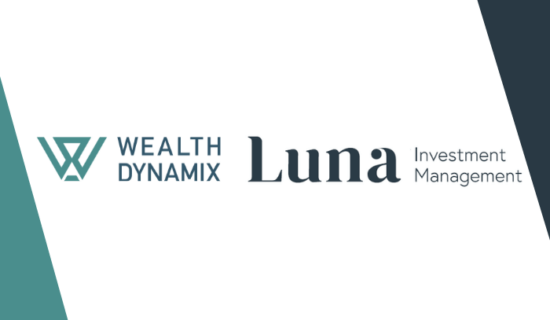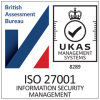Catering for the needs and preferences of the next generation who are seeking ready access to advice and their portfolio via a seamless experience will necessitate the support of technology. Indeed the World Wealth Report from Capgemini states that an overwhelming 89% of investors will prefer mobile channels within the next 2 years.
Firms therefore want solutions which enable greater client engagement, more efficient ways of doing business and the increased profitability that results. These are all critical markers for success as the wealth management industry finds ways to utilise technology for maximum advantage.
It’s a view echoed by experts in the sector and summarised nicely in an excerpt from Investment News, ‘Fortunately, the fundamentals of the business do not need to change. This is about making the next generation a priority and figuring out how to connect, engage and develop relationships on their terms and with an understanding of their priorities and preferences.’
A hybrid style of service is a move that clients are already anticipating. According to a survey of wealth management experts by Hubbis and Wealth Dynamix, 100% of HNW related respondents said a hybrid approach will dominate in the future.
Where is the internal resistance to change coming from?
Despite the emerging evidence that Hybrid Servicing can provide huge efficiencies for firms, the industry is proving slow to adapt and relieve the pressure on margins; something one might think would add strong motivation to change.
The biggest hurdle is always risk of change. Replacing entrenched legacy technologies and processes can seem daunting. Working with proven established technology that has already helped many private banks and wealth mangers is a key way to reduce risk.
The reality of hybrid servicing is that it allows firms to create a fully joined up, omnichannel service proposition that combines the best features of traditional servicing with modern technology. It can reduce the concerns around regulatory control by providing a full audit trail of client interactions which can be used to demonstrate adherence to global regulations – or to flag risks from which mitigation strategies can be employed to correct swiftly. Triggers and AI combine to provide deeper client insights and provide the right information at the right time supporting the development of trust between clients and their wealth manager (WM). Reducing the administrative burden for WM’s frees them up to support clients where more complex and personalised advice is required.
Embarking on a transformation project takes considerable planning. And a helpful place to start is to develop the fundamentals of a good hybrid service – what it looks like and the benefits it can unlock.
What are the fundamentals of a good hybrid servicing model?
It’s essential that any hybrid servicing model is insight driven and customises proposals based on the expectations, needs and goals of the client. Closely related to this is the need for the solution to be client centric via the capture of client preferences and the use of them to personalise the client experience. These activities can facilitate the next best action for your client using pre-defined workflows to support better decision making. A fully integrated platform, and the use of real-time data can then unlock opportunities from your client portfolio in a timely manner.
Another critical element is for the system to embed compliance to support the wealth manager, and to guide and provide confidence for all use cases. A complete audit trail of actions and interactions provides much needed reassurance.
Finally, any solution needs to be scalable and consistent – able to support the management of an infinite number of clients of all types and jurisdictions and ensuring that actions are consistent and timely.
The key to a successful hybrid servicing model is knowing how to engage, onboard and develop enriched relationships with clients that take their preferences into account without compromising service or taking risks with compliance.
Key fundamentals for a hybrid servicing model in wealth management:
- Insight driven and can customise proposals based on expectations, needs and goals of the client
- Client centric and can capture client preferences and use them to personalise the client experience
- Supports decision making: captures and facilitates the next best action for your client using pre-defined workflows
- Fully compliant: integrated compliance guides actions to be undertaken for all use cases. And, just as importantly, it leaves an audit trail of actions and interactions
- Real-time data available 24 hours a day, providing real-time updates
- Fully integrated for a seamless omnichannel experience
- Scalable and consistent supporting the management of an infinite number of clients of all types and jurisdictions, and ensures that all actions are consistent and timely boosting adviser productivity.
Ultimately, the key to success with hybrid services will be finding the right balance between automation and personalisation. By offering a mix of digital and human interactions, firms can provide their clients with the best possible experience whilst maintaining a high level of compliance, security, and efficiency.
To read more about how ‘Hybrid Servicing could Transform your Wealth Management Firm’ download our eBook today.
Download the eBook: How Hybrid Servicing Can Transform Your Wealth Management Firm





